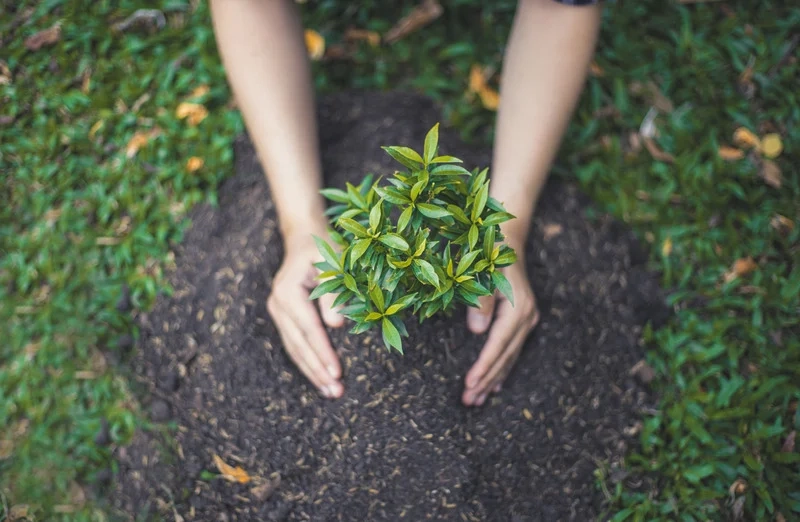Selecting the right plants for your garden is the key to creating a thriving, low-maintenance, and sustainable landscape. By understanding your local climate and choosing plants that are well-adapted to your environment, you’ll enjoy a healthier garden with less effort and fewer resources.
1. Know Your Climate Zone
Start by identifying your USDA Hardiness Zone or local climate classification. This information helps you determine which plants are most likely to thrive in your area’s temperature range and weather patterns.
2. Observe Sunlight and Shade
Pay attention to how much sunlight different parts of your garden receive throughout the day. Some plants need full sun, while others prefer partial shade or full shade. Match plant requirements to your garden’s conditions for best results.
3. Consider Soil Type and Drainage
Test your soil to understand its texture, pH, and drainage. Some plants thrive in sandy soils, while others prefer clay or loam. Amend your soil as needed, or choose plants that naturally do well in your existing soil conditions.
4. Choose Native and Adapted Plants
Native plants are naturally suited to your region’s climate, pests, and diseases. They typically require less water and maintenance. Adapted plants, though not native, are proven to perform well in your area.
5. Plan for Seasonal Interest
Select a mix of plants that offer color, texture, and blooms throughout the year. Combine evergreens, flowering perennials, and annuals to ensure your garden looks attractive in every season.
6. Think About Water Needs
Group plants with similar water requirements together. Drought-tolerant plants are ideal for dry climates, while moisture-loving varieties suit wetter areas. Efficient watering practices help conserve resources and keep plants healthy.
7. Watch for Pests and Diseases
Choose disease-resistant and pest-resistant varieties whenever possible. Healthy, well-adapted plants are less likely to suffer from common garden problems.
8. Don’t Forget Maintenance
Consider how much time you want to spend maintaining your garden. Some plants require regular pruning, deadheading, or fertilizing, while others are nearly carefree.
9. Experiment and Enjoy
Gardening is a journey of discovery. Don’t be afraid to try new plants and see what works best in your space. With observation and care, you’ll develop a garden that’s uniquely yours.
By choosing the right plants for your climate and garden conditions, you’ll create a vibrant, resilient landscape that brings beauty and joy year after year.

